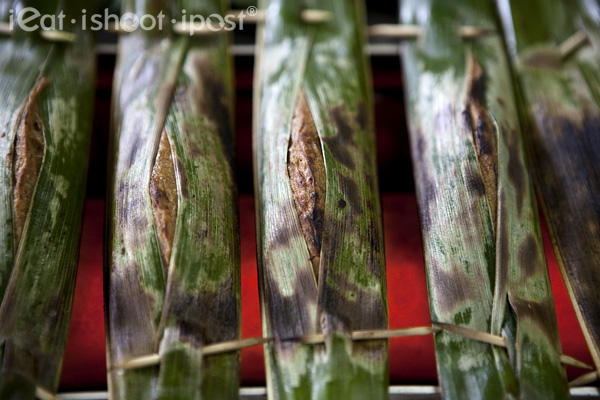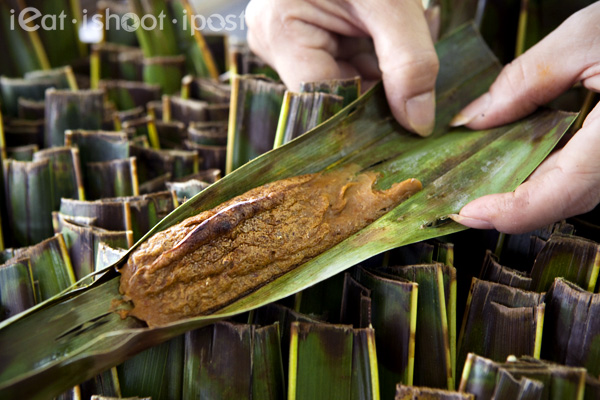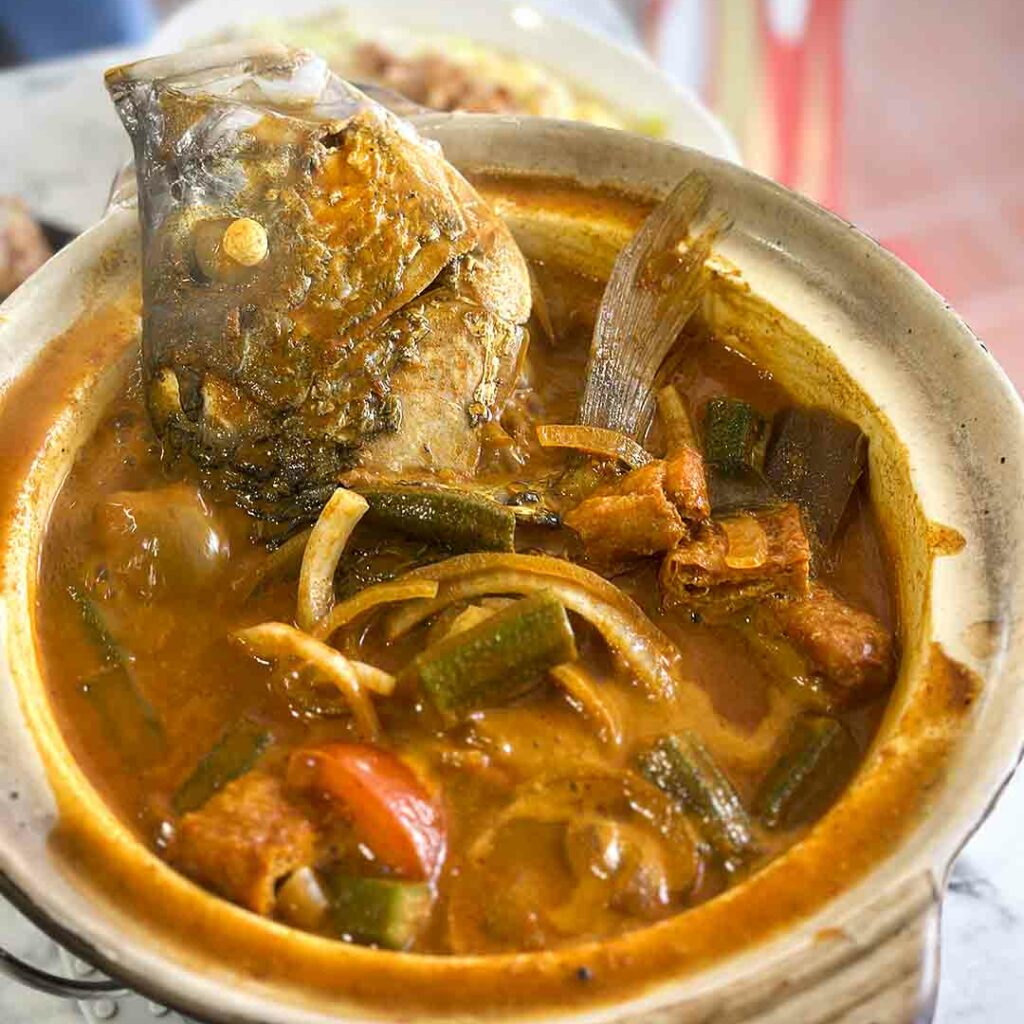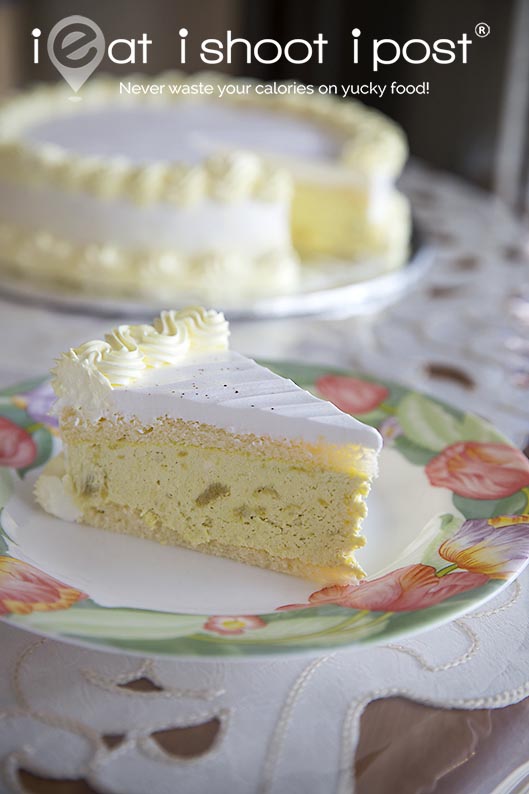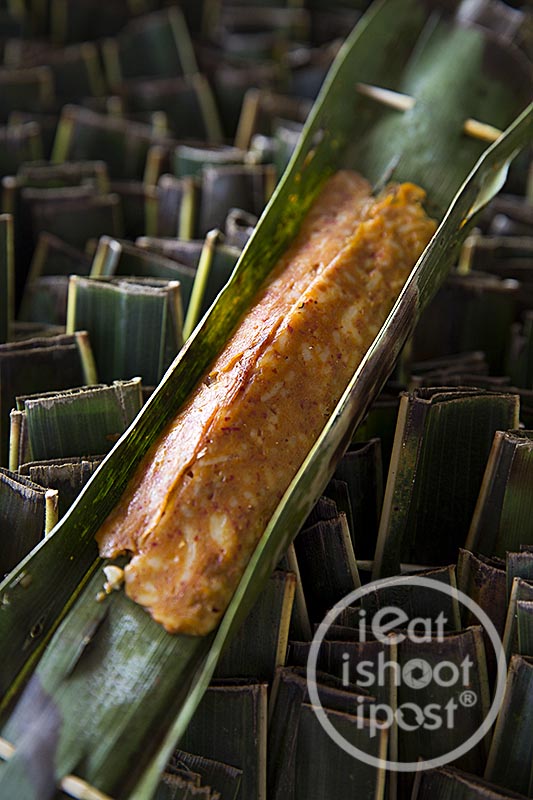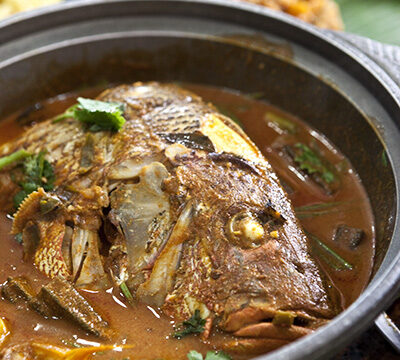I asked our facebook fans where I can get the best Otar in Singapore and this particular shop at Jalan Kayu turned up the most times! I have been to Jalan Kayu on many occasions but I don’t ever remember seeing an Otar stall there! The funny thing is that most people don’t even know that the name of the stall is actually Hiang Soon Otar, they simply called it Jalan Kayu Otar. I think the owners might need to do some rebranding soon!
Talking about Otah, I was reprimanded by one of our readers that this particular snack is supposed to be called Otak-Otak in Malay and not Otah or Otar. Incidentally, in case you don’t know, Otak Otak in Malay means “brains” and they called it Otak Otak because the texture resembles the mushy brains of some unfortunate animal. But you know, I feel Otah or Otar is very much now a part of our Singlish vocabulary. The Chinese community has adopted and transliterated many other Malay words such as Pasak (Market), Nasi Lormah (Nasi Lemak), and Loti Planta (Roti Prata) so I think it is quite acceptable to call Otak-Otak, Otah. You know what it is, I know what it is, so relac ah! (relax, take it easy).
Anyway, in general, there are two different types of Otah popularly sold in Singapore. Those that are wrapped in coconut leaves and those that are wrapped in banana leaves. There are of course other variations of Otah in other countries around us like Muar Otah and the Thai Hor Mok, but in Singapore these are the two that are usually sold at the hawker centres.
The big difference between the two, I feel, is not just in the different fragrance that the leaves impart, but the fact that the coconut leaf version is dry and has a layer of “skin” while the banana leaf version tends to be more moist. The reason for this is the fact that they grill the coconut leaf version, the fish paste tends to swell up and causes a slit to form between the coconut leaves. So this version tends to be dryer and if grilled over charcoal, gets that nice smokey aroma.
The banana leaf version on the other hand is more airtight and the moisture is trapped inside the leaf and so the fish paste steams in its own juices. The texture tends to be more tender and moist but it does lack the smokiness of the coconut leaf version. Both are good in their own way but I tend to gravitate towards the coconut leaf version because of the smokey aroma and the fact that it is easier to eat it direct from the coconut leaf.
They use very fresh mackeral here for their Otah and the spices are fragrant without being overly spicy which is great for me personally. Those people looking for endorphin releasing pain from an overdose of capsaicin would undoubtedly be disappointed that they can’t get their high. They currently grill their Otah over a gas flame, so if you do buy some for your BBQ, I am sure it would taste even better! 4.25/5
Conclusion
Specialist Otar stalls at hawker centres are unusual nowadays. Most would source from a supplier like Hiang Soon and just grill it. It used to be a favourite snack at the Wayang (Chinese Opera), but nowadays you probably find it more commonly served as an accompaniment for Nasi Lemak. Since Muar Otar is so popular, I wonder why there are not more suppliers making this version of Otah for sale in Singapore?



